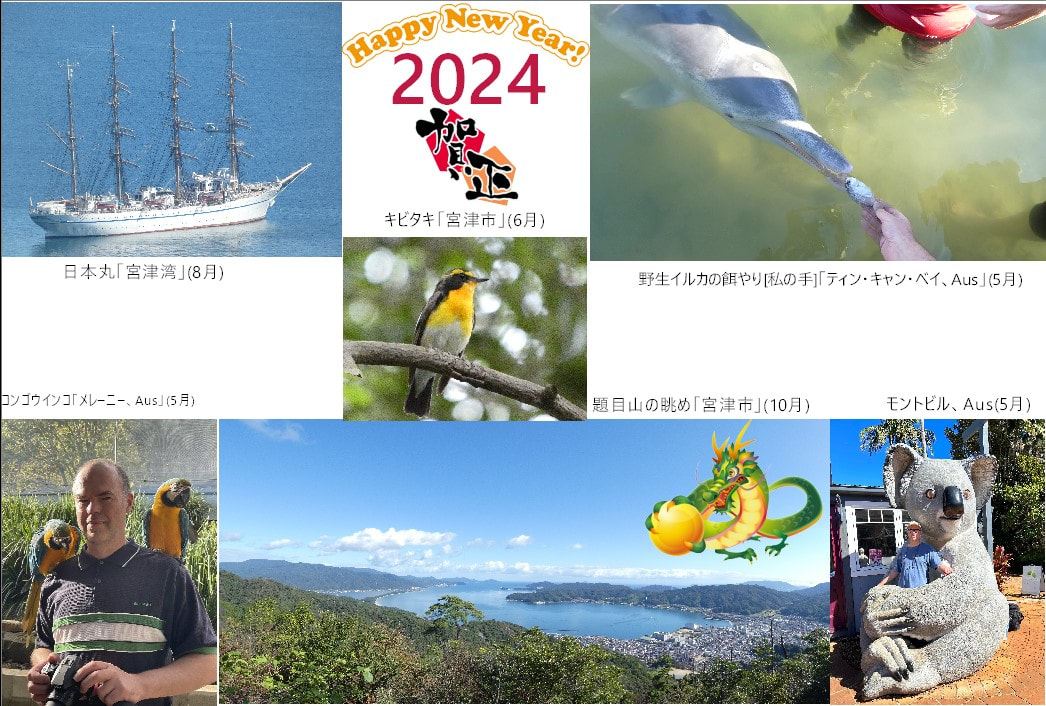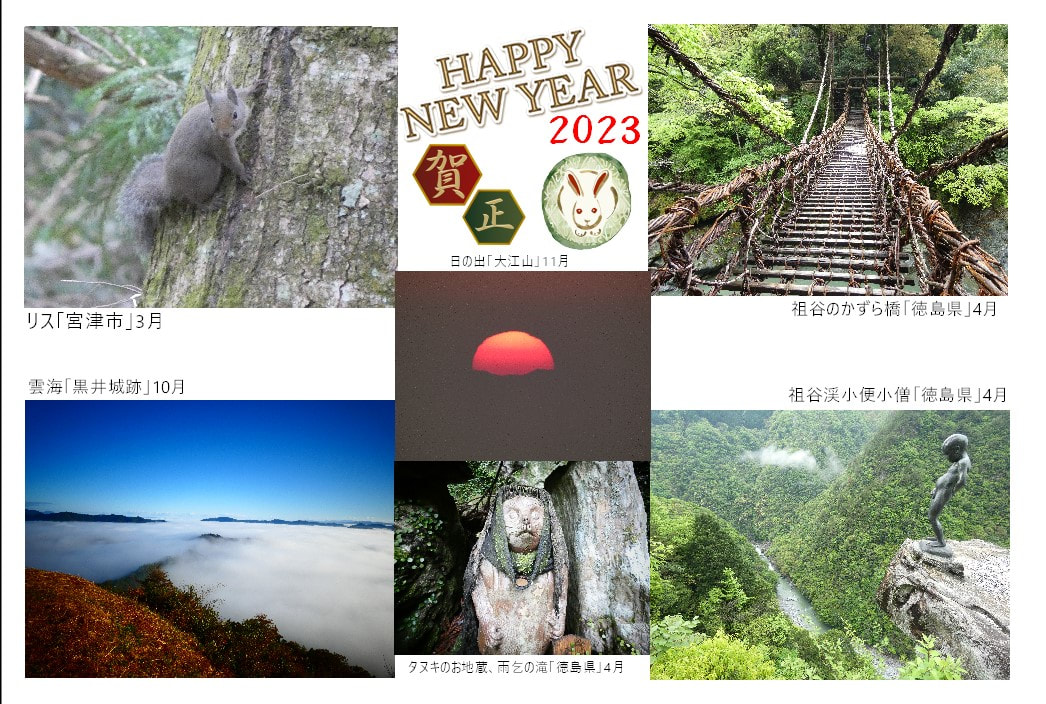関ケ原 Sekigahara
夕方暗くなってから関ヶ原に到着しました。ここでは、私の住んでいる地域よりもガソリンがずっと安かったです。ガソリンスタンドの灯りには、無数の虫が群がっていました。給油中に頭に虫が止まるのを感じ、それを払いのけた途端、頭からあの嫌なカメムシの匂いが漂ってきました。うっそおおおお!信じられない!独特の香りを漂わせ、夜を過ごす場所を探しに行きました。
結局、石田三成陣跡「笹尾山」の大きな無料駐車場に車を停めることにしました。関ヶ原は市だと思っていたけれど、実際は町でした。ただ、東海道新幹線やJR東海道本線、名神高速道路、国道21号線が通るため、これらの重要な交通路近くはかなり騒がしいです。しかし、笹尾山の駐車場は町の反対側にあるため、静かでした。深く眠りました。明け方になると、「ケーン、ケーン」という音で目を覚ました。「あれは一体何だろう?」と考えながら、夜明けに起きて、関ヶ原を探索する準備をしました。
車を降りたときに目の前に現れた光景は、まるで過去を垣間見るようでした。石田三成ののぼり旗と彼の陣跡の威圧的な柵は見事でした。ついに関ヶ原を探索できるという興奮が一気に高まりました。
笹尾山の石田三成の陣跡までの散策はとても短く、たった数分で到着します。その柵がすぐに私の好奇心を刺激しました。この場所は私にとって最適なスタート地点でした。
普段は「熊出没注意」の看板を見かけますが、「猿出没注意」の看板は見かけません。初めて見たと思います。
こちらは笹尾山にある石田三成の陣跡から眺める、関ヶ原の戦場の指揮官の一望の地です。下記のQRコードをスキャンすると、情報板のボタンを押したときに私が聞いたナレーションを同じく聴くことができます。山頂上から鳴り響く効果音が、雰囲気をさらに盛り上げました。
こちらから、約12kmのコースを自転車で巡り、各指揮官の陣跡を訪れ、それぞれの場所で簡単な説明を読みました。また、地形の配置を視覚的に把握することができました。訪れた指揮官の情報板の一部と彼らの家紋も下記に掲載しています。QRコードには、板に書かれた情報が6つの言語で記載されています。
関ヶ原は観光客向けにとても過ごしやすい場所です。数箇所に清潔なトイレがあり、標識も豊富で、無料駐車場も完備されています。このページの下部にサイクリングコースのPDF地図があります。
『将軍』シリーズのキャラクター「石堂和成」は「石田三成」を元にしています。
関ヶ原笹尾山交流館。旅行中、営業時間外にドアに「close」(近い)と書かれた標識をよく見かけました。まるで「近いのに遠い。入れません。」とからかわれているかのようでした。「冗談はさておき、その標識はもちろん「closed」と書くべきですよね!」
関ヶ原のあちこちに、合戦に参加した各藩の紋章が描かれたのぼり旗が立っています。これが関ヶ原の雰囲気と楽しさを一層引き立てています。
「ケーン、ケーン」という鳴き声で目を覚ましたと書きましたが、畑でキジを見つけて驚きと喜びを感じました。この写真には、立派なオスのキジと地味なメスのキジが写っています。
『将軍』シリーズのキャラクター「木山右近定長」は「小西行長」を元にしています。
『将軍』シリーズのキャラクター「おのし」(大野晴信)は「大谷吉継」を元にしています。
小早川秀秋が西軍から東軍に土壇場で寝返ったことで、戦力のバランスが大きく変わり、関ヶ原での西軍の敗北に貢献しました。しかし、その2年後、小早川は酒に溺れ、狂気に駆られて死んだと言われています。後継者がいなかったため、小早川家は断絶し、その領地は隣接する池田家に引き継がれました。
京極は、関ヶ原の戦いにおける徳川氏への忠誠のために、宮津藩を与えられました。
関ヶ原の戦いでは、15万人以上の兵士が参加したと言われています。戦いは1600年10月21日に行われました。日本の封建時代史上で最も大きく、重要な戦いであり、わずか6時間で終結しました。ここは東軍の首塚です。
徳川家康は東軍の総大将として勝利を収めました。『将軍』シリーズのキャラクター「吉井虎永」は「徳川家康」を元にしています。
ここを訪れたかったのですが、午前10時に開館します。その前に関ヶ原を出発してしまいました。いつかまた訪れるかな。その時には、もっと長いサイクリングコースを走ったり、山登りをしたりしたいと思います。
特に私は細川忠興に興味がありました。なぜなら、関ヶ原の戦い前は宮津城の城主だったからです。さらに、彼の妻である細川ガラシャも注目すべき人物でした。細川忠興は石田三成を憎んでおり、その理由は下記のQRコードをスキャンすると明らかになります。
『将軍』シリーズのキャラクター「戸田文太郎広勝」は「細川忠興」を元にしています。
『将軍』シリーズのキャラクター「戸田鞠子」(文太郎の妻)は「細川ガラシャ」(忠興の妻)を元にしています。
岡山烽火場 黒田長政・竹中重門陣跡
ここから、池の周りをオフロードコースで走り、その後車に戻りました。
自転車を車に積み終えたところで、武具を身につけた男性が現れて、石田三成陣跡の前でポーズをしてくれて、彼の写真を撮りました。
関ヶ原を巡りながら、その場所や関わった人々について学ぶことが楽しかったです。これでとても満足のいく旅が終了します。

















































































































 RSS Feed
RSS Feed